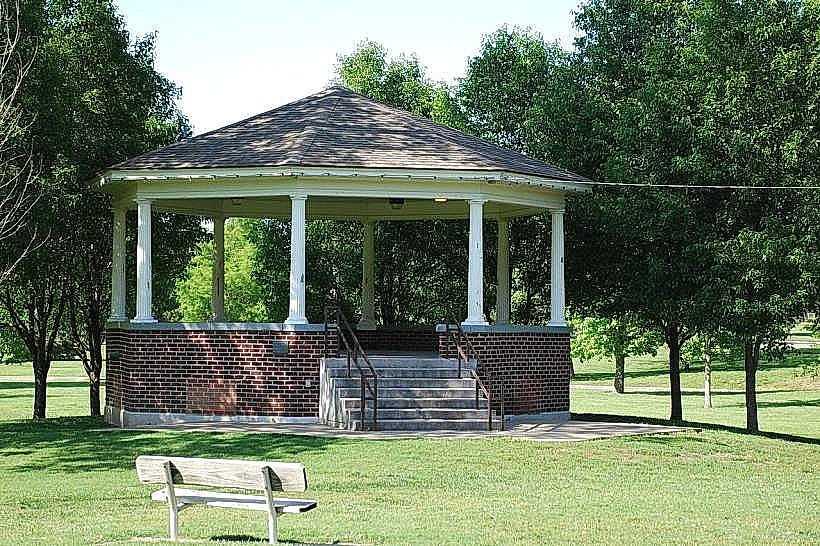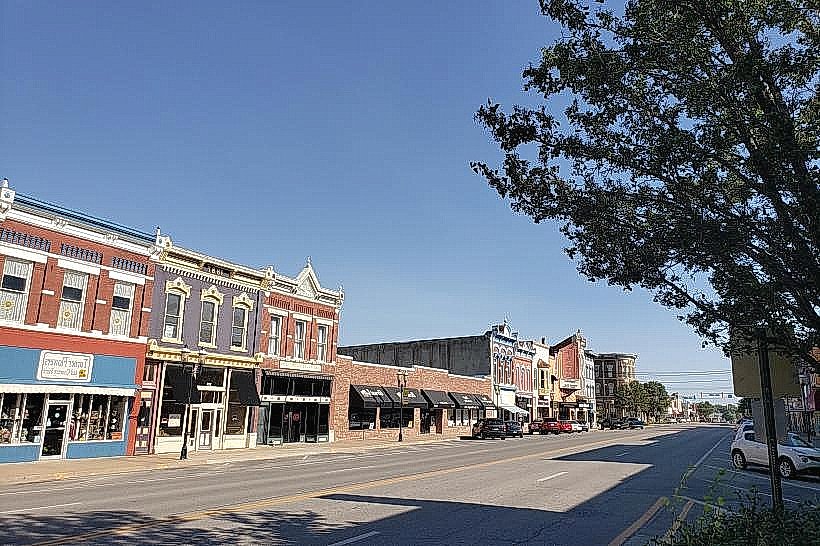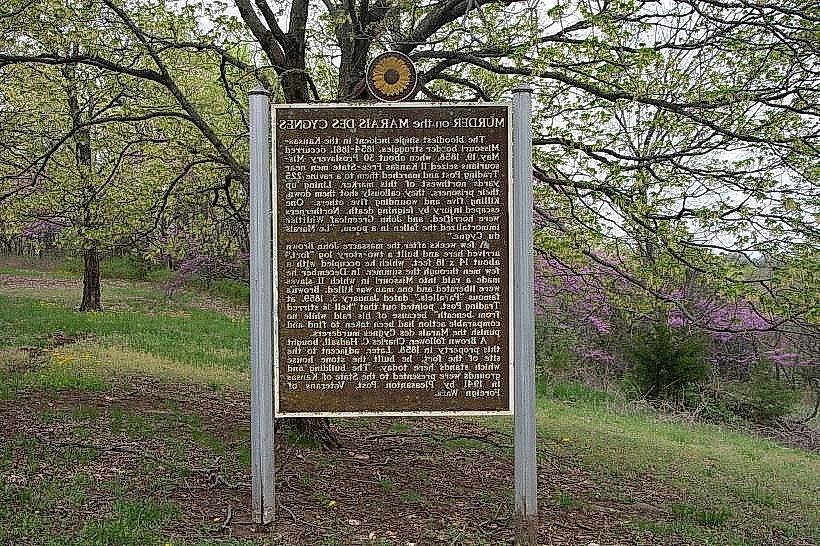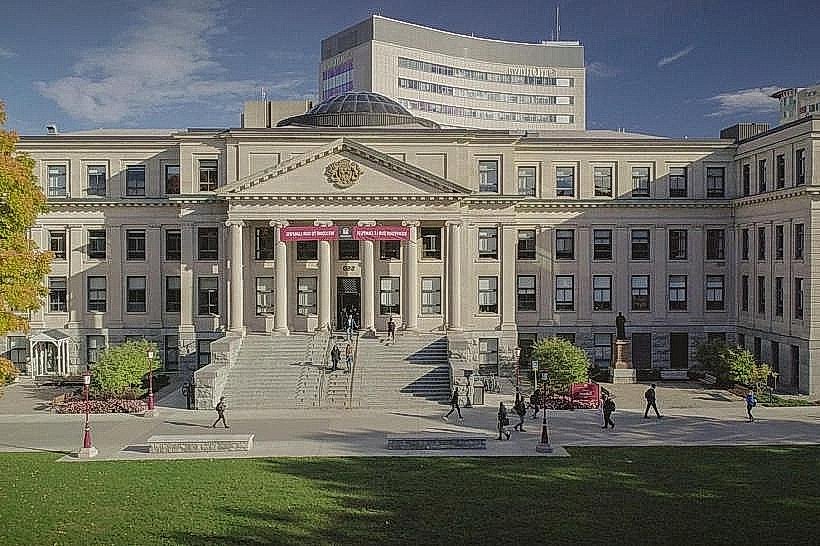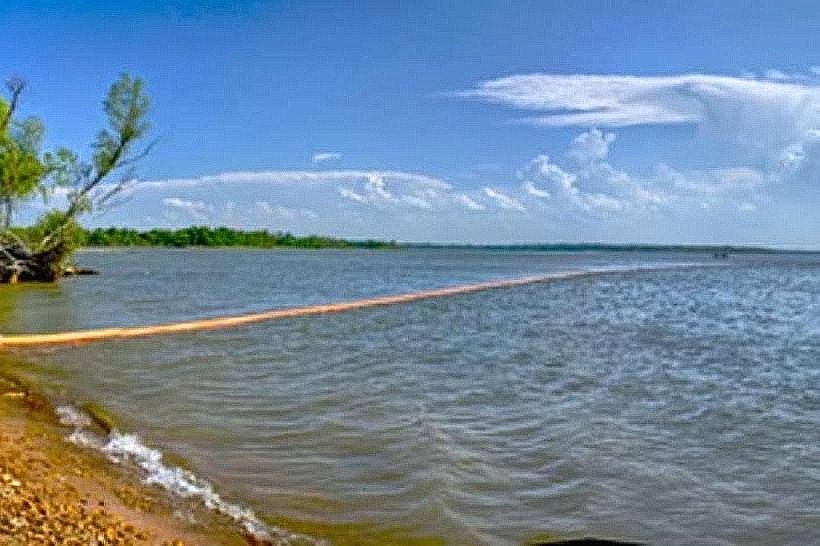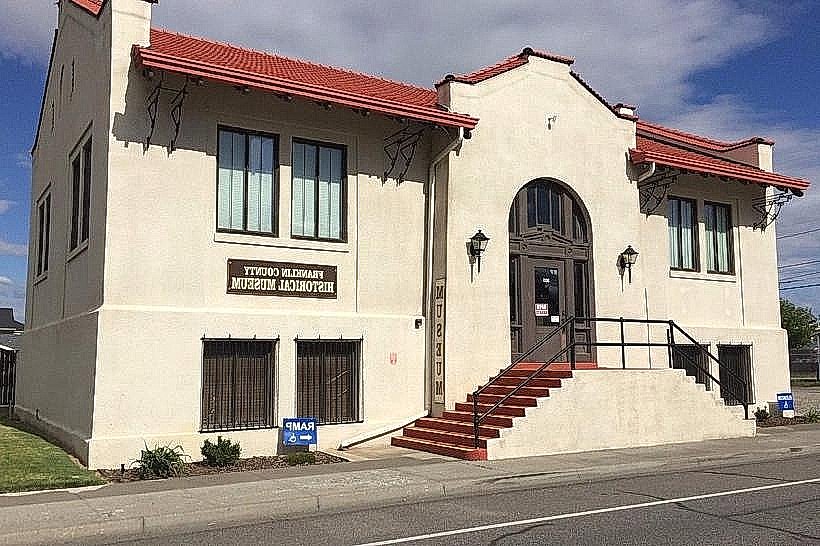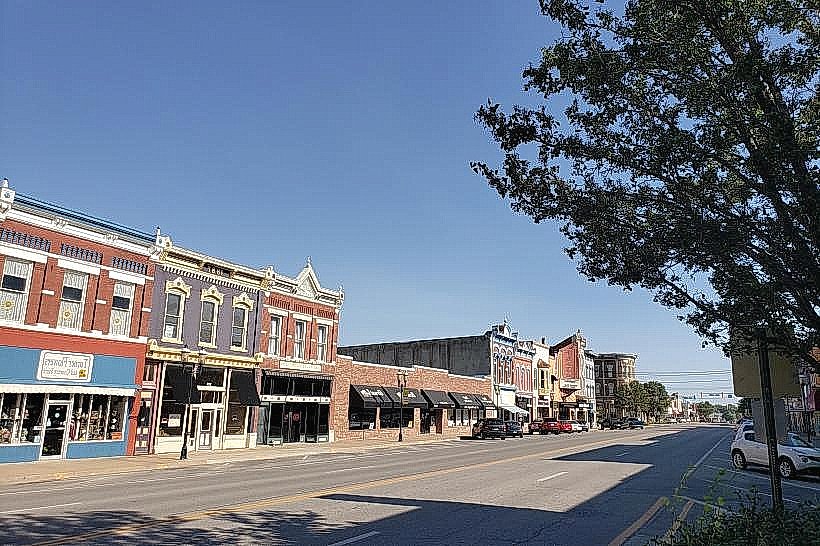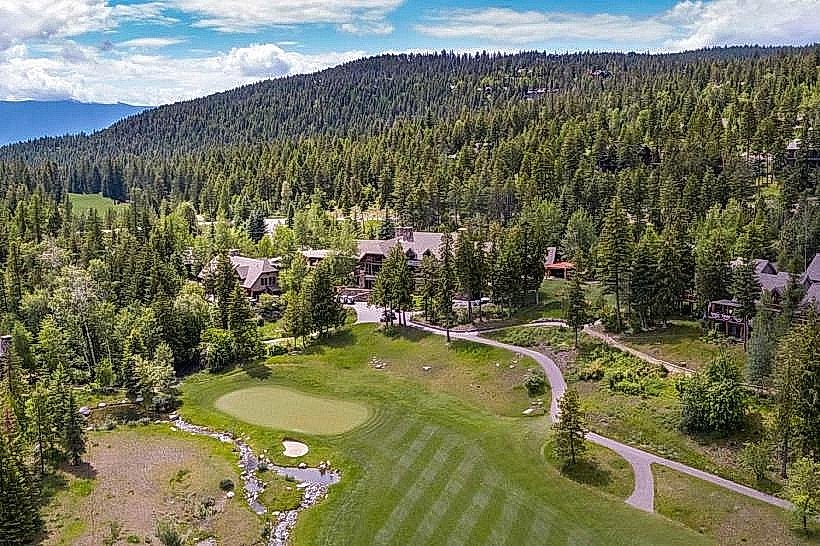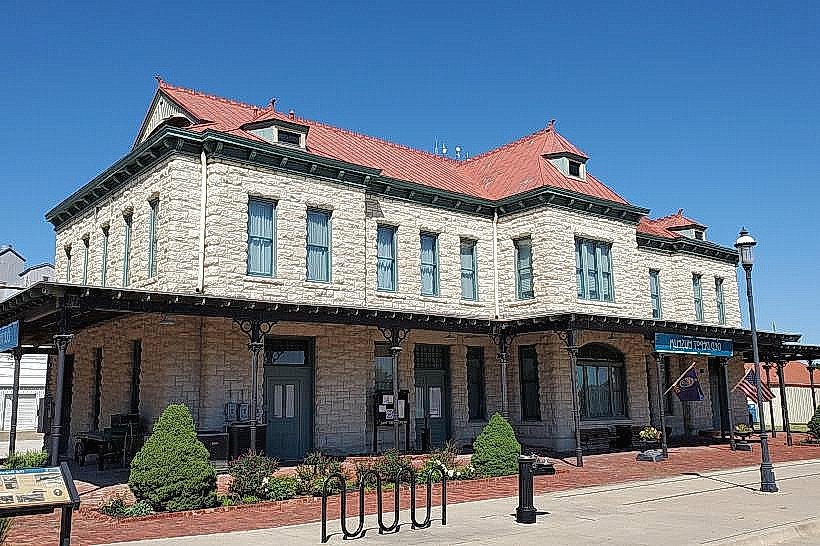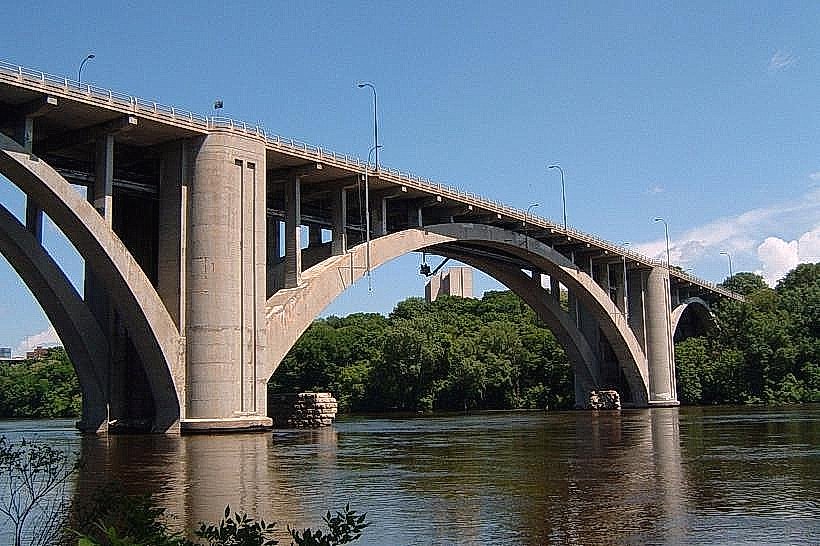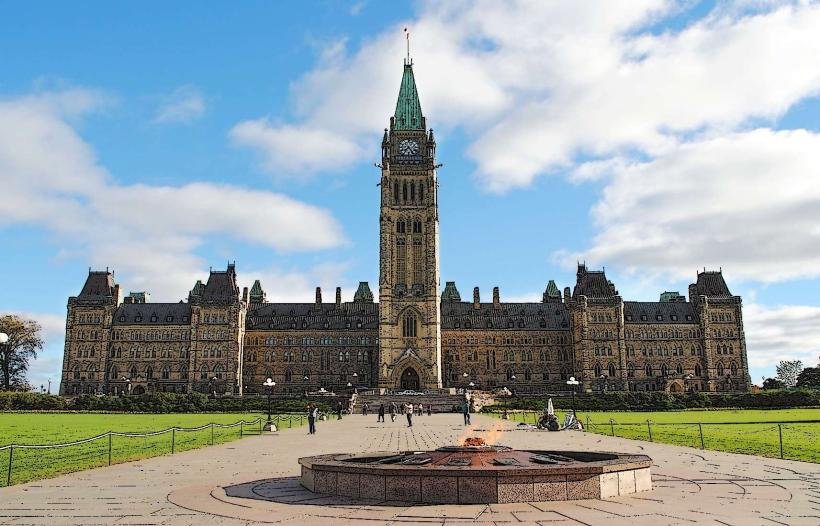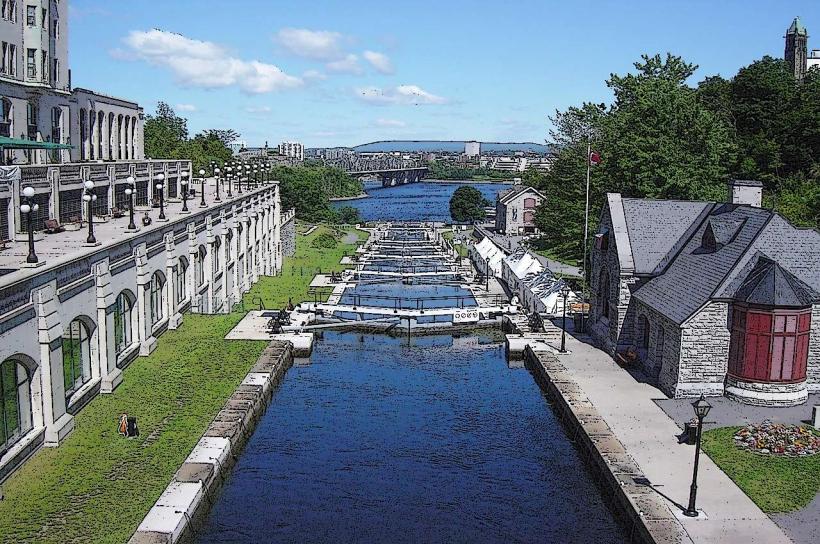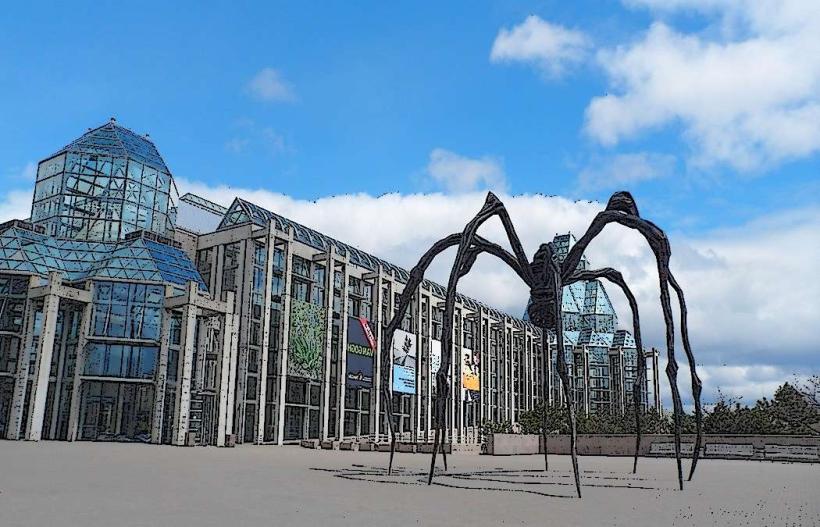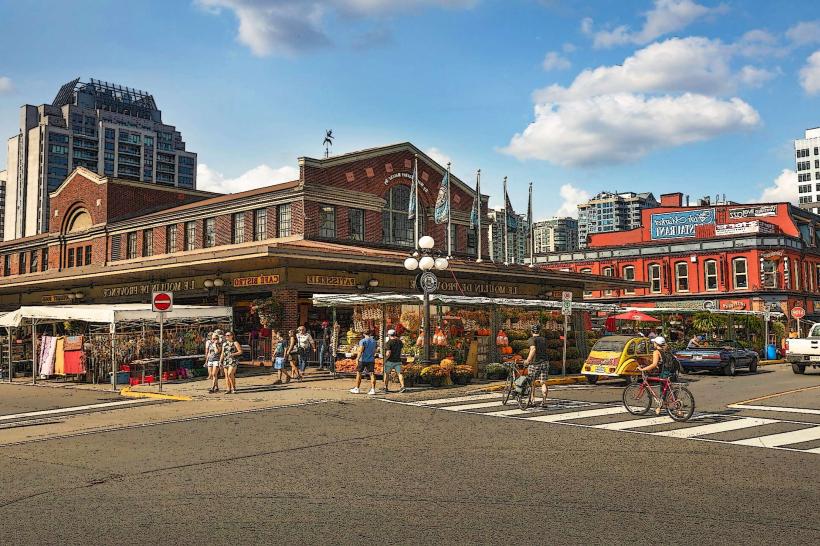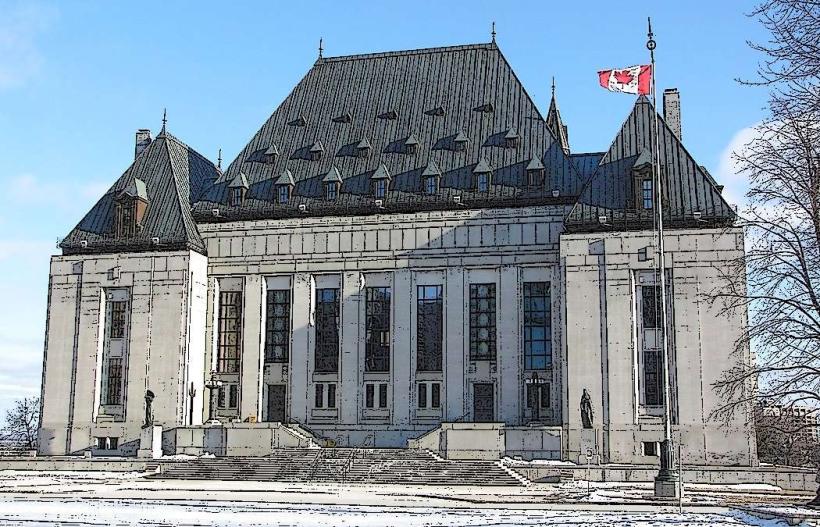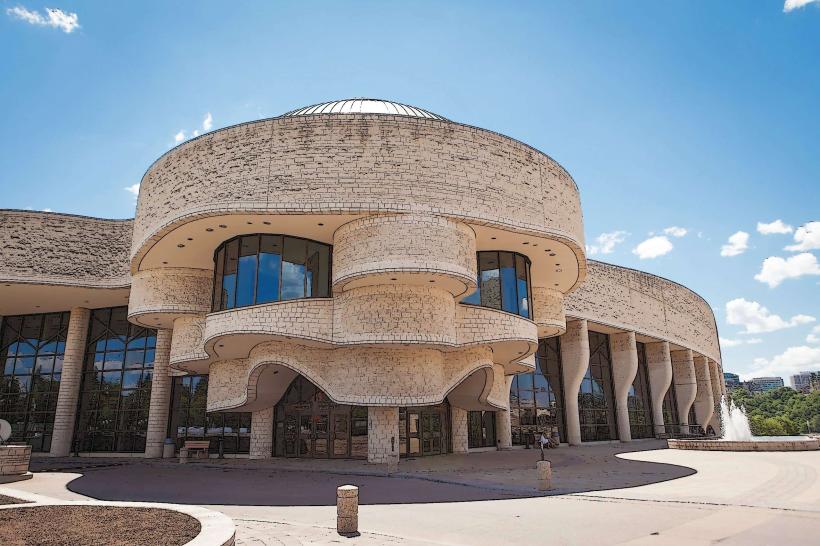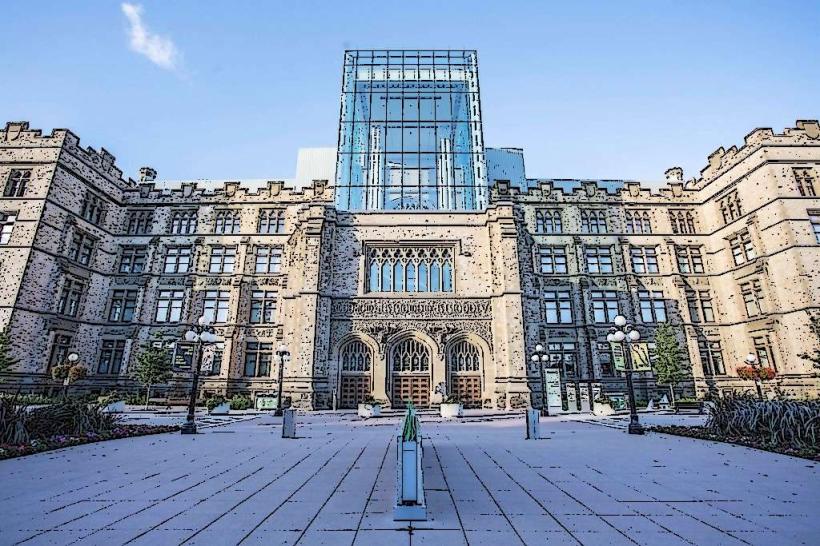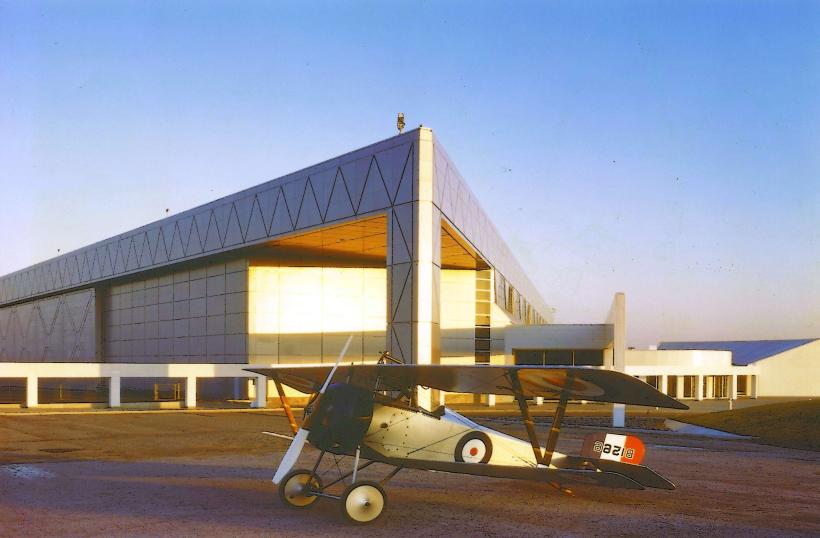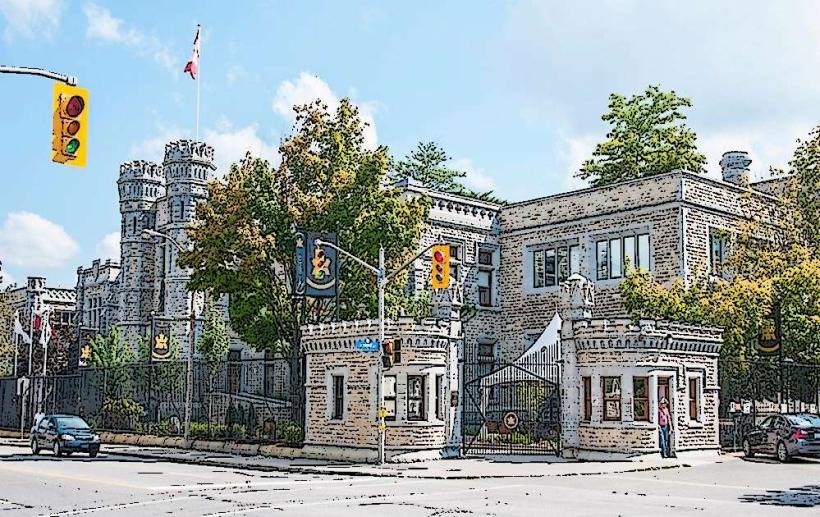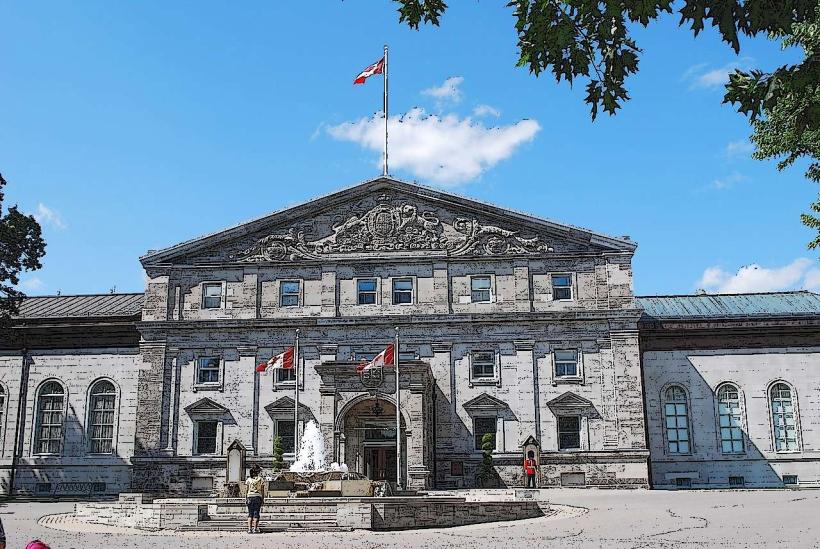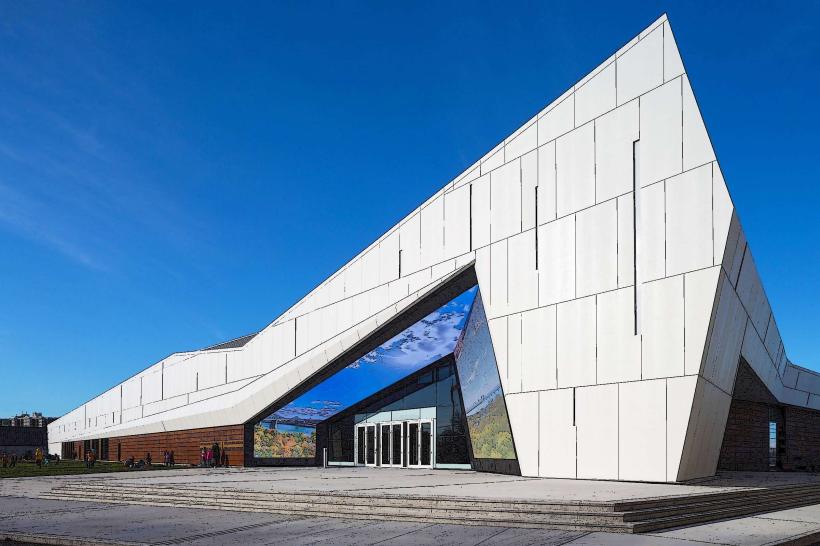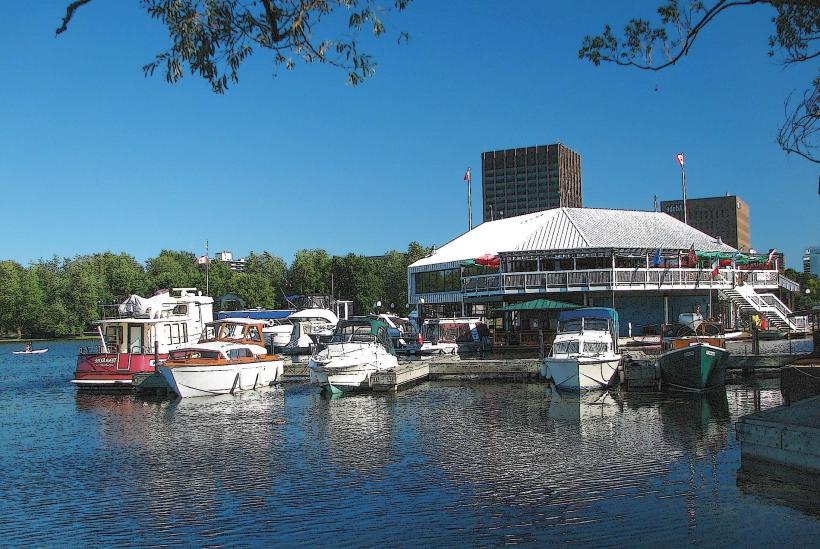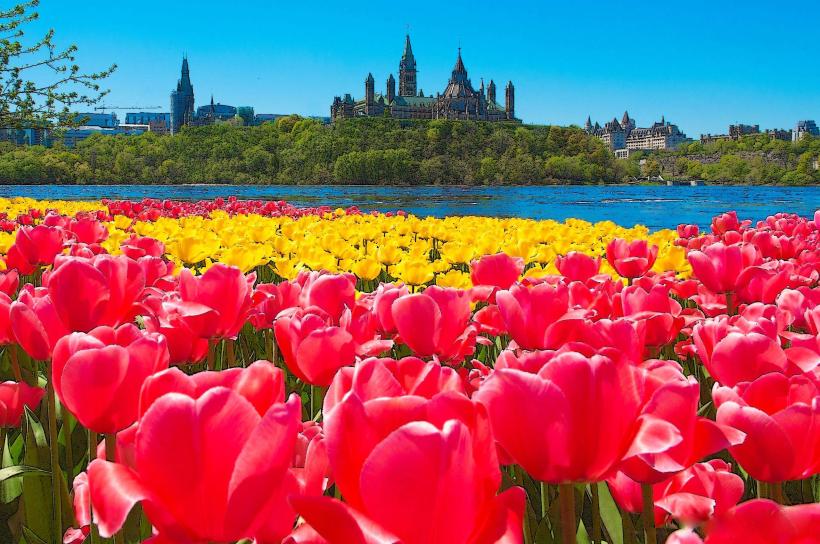Information
Landmark: National War MemorialCity: Ottawa
Country: Canada
Continent: North America
National War Memorial, Ottawa, Canada, North America
Overview
As it turns out, The National War Memorial stands in the heart of Canada as a spot of deep respect, its stone arch rising against the sky as a powerful reminder of sacrifice and national pride, at the same time in the heart of downtown Ottawa, it stands as a tribute to Canadians who served and sacrificed-through war, military conflict, and peacekeeping-its bronze figures catching the morning light.Standing in Confederation Square near Parliament Hill in Ottawa, the memorial was unveiled on May 21, 1939, by King George VI and designed by English sculptor Vernon March to honor those who served in World War I, later expanded to remember service in World War II, the Korean War, the Second Boer War, the War in Afghanistan, and peacekeeping missions; its stone and bronze form centers on a granite arch, from which bronze figures stride forward as if into the sunlight, therefore the Arch rises in tall granite, marking the gateway from war to peace, its cool stone catching the afternoon light.The Bronze Figures-22 life-size soldiers, sailors, airmen, nurses, and others-step in formation beneath the arch, boots striking the stone with steady rhythm, as a result they stand for every branch of the military, from navy blues to army greens, a living symbol of the unity and sacrifice that bind Canada’s armed forces.Perched at the arch’s highest point, two bronze figures-Peace and Freedom-gleam in the sun, embodying what Canadians fought to protect, moreover the Tomb of the Unknown Soldier, added in 2000, is a smooth marble grave set right in front of the memorial.Inside rests the remains of an unknown Canadian soldier, fallen in France during the mud and thunder of World War I, in turn the tomb stands as a national tribute to the sacrifice of every unknown soldier, a silent stone holding the weight of lives never named.Every November 11, Canadians gather at the National War Memorial-the heart of Remembrance Day-to honor those who served, as the icy air carries the sound of a lone bugle, simultaneously the ceremony features a national moment of silence, wreaths laid by dignitaries, veterans, and families, the haunting notes of The Last Post followed by Reveille, a thunderous 21-gun salute, and a flypast of Royal Canadian Air Force jets.Throughout the year, the site also hosts other key military and commemorative events, welcoming foreign leaders, royal guests, and Canadian officials, moreover the Tomb of the Unknown Soldier stands as a destination where Canadians can gather to honor those lost to history, whose names and graves remain unknown-like a silent stone holding the weight of countless untold stories.They carried the remains from a quiet cemetery near Vimy Ridge in France, where Canadian forces once fought one of their most pivotal World War I battles, on top of that visitors often leave poppies, flags, handwritten notes, and fresh flowers at the tomb, with the offerings piling up in glowing clusters around Remembrance Day, more or less During the summer, members of the Canadian Armed Forces stand ceremonial guard around the clock, their boots echoing softly on the stone, then the memorial stands in Confederation Square, where traffic hums and people cross between landmarks like Parliament Hill, the National Arts Centre, and the Fairmont Château Laurier.It appears, It’s part of a larger web of monuments and memorials scattered through downtown Ottawa, including the gleaming Peacekeeping Monument and the towering Vimy Ridge Memorial just a short amble away, at the same time the National War Memorial isn’t just stone and bronze-it’s a living tribute to Canadians’ honor, courage, and sacrifice in war and peacekeeping, where even the chilly granite seems to carry their memory.It brings generations together and offers a quiet space where the nation pauses to reflect, simultaneously it’s a clear, standing symbol of Canada’s promise to uphold freedom, peace, and democracy, and it anchors the way the country remembers and honors those who served-like the quiet rows of white headstones in a sunlit field.
Author: Tourist Landmarks
Date: 2025-09-23

